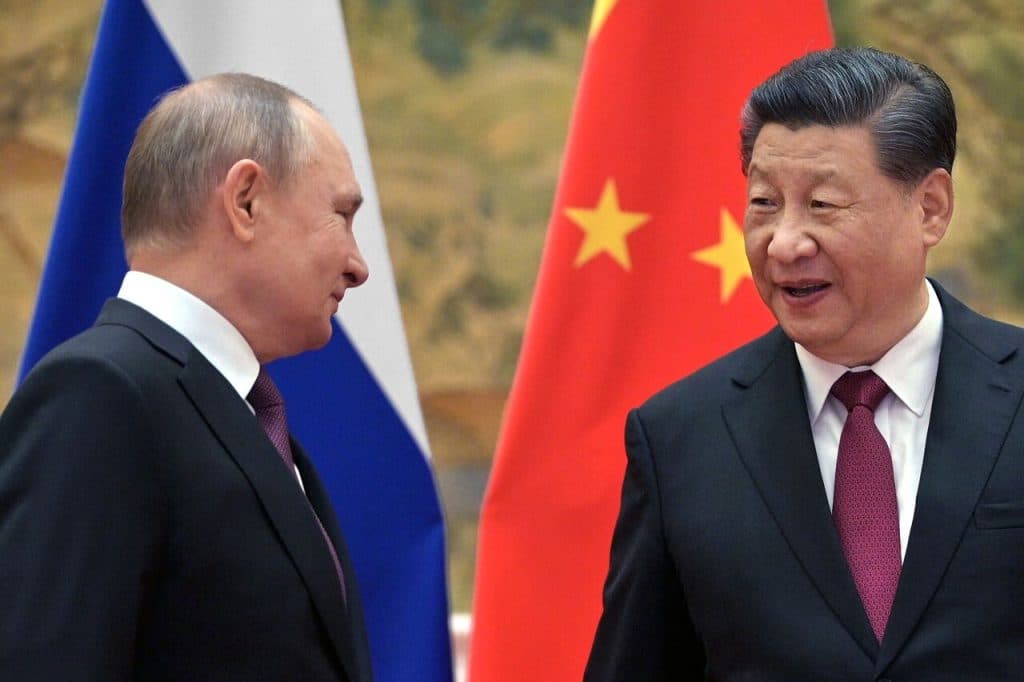China-Russia relations: Partnership or competition?
In recent decades, the relationship between China and Russia has evolved into one of the most complex and influential geopolitical dynamics in the world. Both countries, recognized as major powers on the international stage, have established significant areas of cooperation due to shared interests and challenges. However, this partnership is not founded on a common ideology or a deeply rooted historical relationship; rather, it is primarily driven by strategic, economic, and security interests.
Although some analysts refer to these relations as a “partnership without limits”, the reality is that this alliance, despite many and undeniable commonalities, has been accompanied by challenges and contradictions; regional rivalries, differences in economic power, as well as historical concerns are among the factors that sometimes cause distance and divergence between the two countries.
Factors of Divergence and Competition between China and Russia
1. Economic Imbalance and Differences in Power Levels
One of the key sources of divergence between China and Russia is the significant difference in their economic power. By 2024, China’s economy is projected to be approximately 8.5 times larger than Russia’s, raising serious concerns in Moscow. As Russia conducts a substantial portion of its trade with China, it fears becoming merely a supplier of raw materials and energy to China, which boasts a larger market and more advanced technology. This economic disparity has delayed the deepening of their economic ties, such as the integration of the Eurasian Economic Union with the Belt and Road Initiative.
2. Regional Rivalries and Conflicts of Interest
In the regional context, Russia and China have differing and sometimes conflicting interests. In Central Asia, Russia traditionally holds political and security influence, while China is expanding its economic reach through the Belt and Road Initiative. In the Asia-Pacific region, Russia’s relationships with countries like India and Vietnam conflict with China’s interests. For instance, Russia’s sale of S-400 defense systems to India—an act driven by India’s border tensions with China—illustrates this rivalry. Furthermore, Russia is increasing its arms sales to Southeast Asian countries as a means to compete with China’s influence in the region.
3. Historical Mistrust and Differences in Global Approaches
The historical context of Sino-Russian relations, including the memories of unequal treaties in the 19th century and ideological divisions during the Cold War, has fostered deep mistrust. Additionally, the two countries have different perspectives on the global order, further complicating their relationship. China seeks a dual power structure, often referred to as the G-2+ model, where the United States and China play central roles. In contrast, Russia favors a tripolar model that grants equal status to itself, the United States, and China. These differing viewpoints limit cooperation, making it sporadic and temporary.
4. Differences in Strategic Styles and Approaches
Russia’s strategic approach is more focused on challenging the existing global order, as evidenced by its invasion of Ukraine. Meanwhile, China prioritizes stability, gradual power expansion, and the establishment of global credibility. These contrasting strategies, particularly highlighted by the Ukraine crisis and China’s principles regarding territorial sovereignty, occasionally impede deeper cooperation between the two nations.
Iran’s Importance in Relations with China and Russia
Given the extensive Western sanctions, Iran is striving to enhance its economic cooperation with both China and Russia. China is currently the largest buyer of Iranian oil, with estimates suggesting that over 90% of Iranian oil exports are directed to China. Additionally, Russia ranks among the largest foreign investors in Iran. The strategic agreement signed between Iran and China in 2021 pledges $400 billion in investments, although only a small fraction has been implemented thus far. By utilizing the Chinese yuan for transactions, Iran can circumvent some of the restrictions imposed by sanctions.

